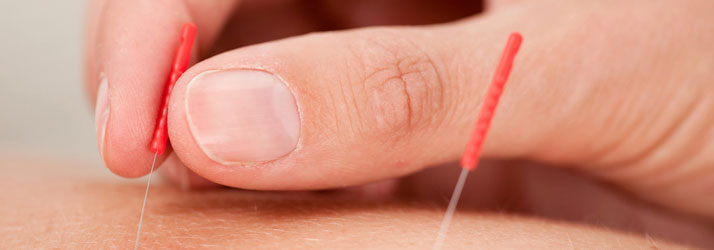Dry Needling in Plano

Integrative dry needling in Plano is the use of either solid filiform needles (also referred to as acupuncture needles) or hollow-core hypodermic needles for therapy of muscle pain, including pain related to myofascial pain syndrome. Below are answers to questions about dry needling that you may be asking yourself.
Frequently asked questions about Dry Needling in Plano
How does it work?
What conditions can be treated?
Are the needles sterile?
Is the procedure painful?
How will I feel after the Dry Needling treatment?
RESEARCH
OFFICE HOURS
Monday
8:00am - 5:00pm
Tuesday
8:00am - 5:00pm
Wednesday
8:00am - 5:00pm
Thursday
8:00am - 5:00pm
Friday
8:00am - 2:30pm
Saturday & Sunday
Closed
The Tx Room
2845 Parkwood Blvd #200
Plano, TX 75093
TEXT OR CALL: (972) 781-2800
FAX: (469) 209-0313
frontdesk@thetxroom.com



